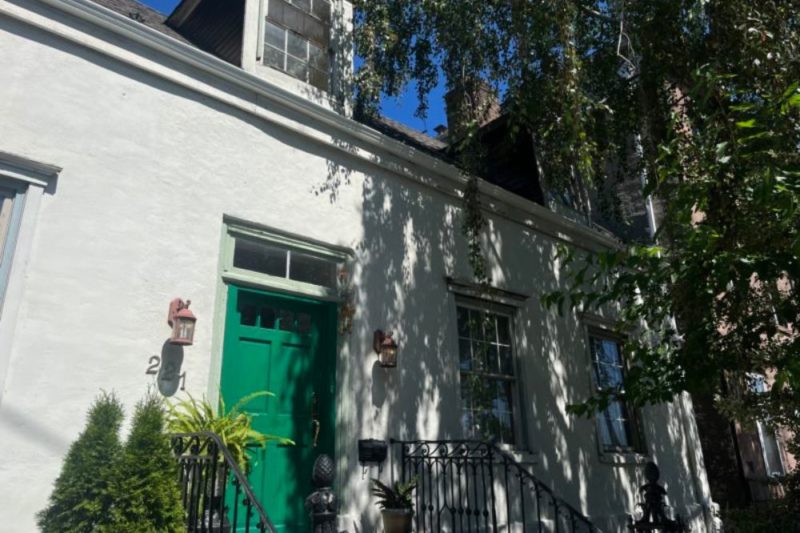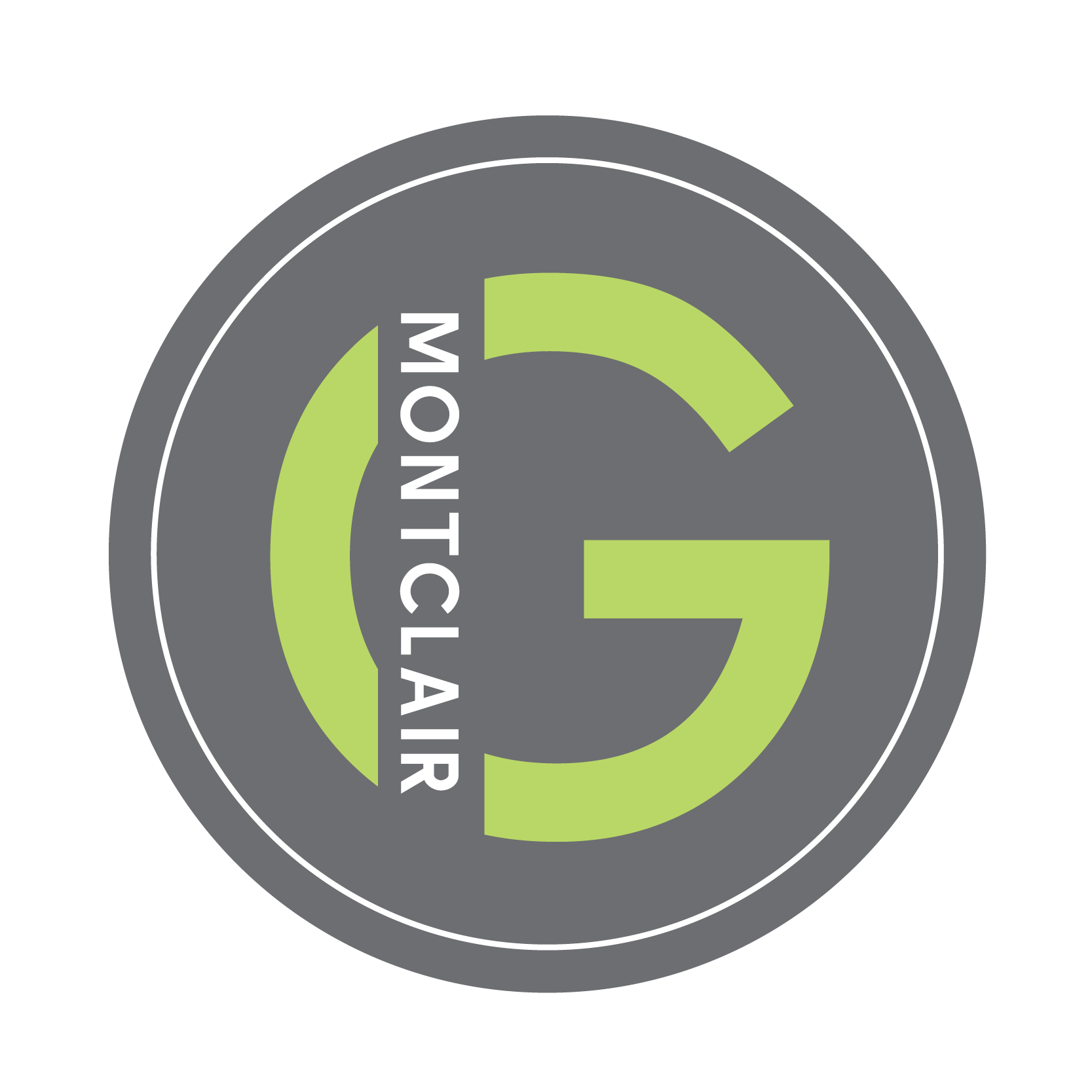Essex County has a rich and detailed history spanning back centuries. Newark, the earliest European settlement of the county, dates back to the mid 17th century. With the arrival of these settlers from Connecticut, numerous homes sprang up in the region and the area began to populate. As time progressed, Essex County transformed from an agricultural region to a more industrial, suburban, and densely populated one. Many of these colonial era homes inhabited by early settlers have been lost to time — yet roughly 30 still remain. We are lucky to live in such a history-filled area, and today, we are going to explore some of Essex County’s oldest and most noteworthy historical homes. Read on to learn about Essex County’s oldest surviving homes and their histories.
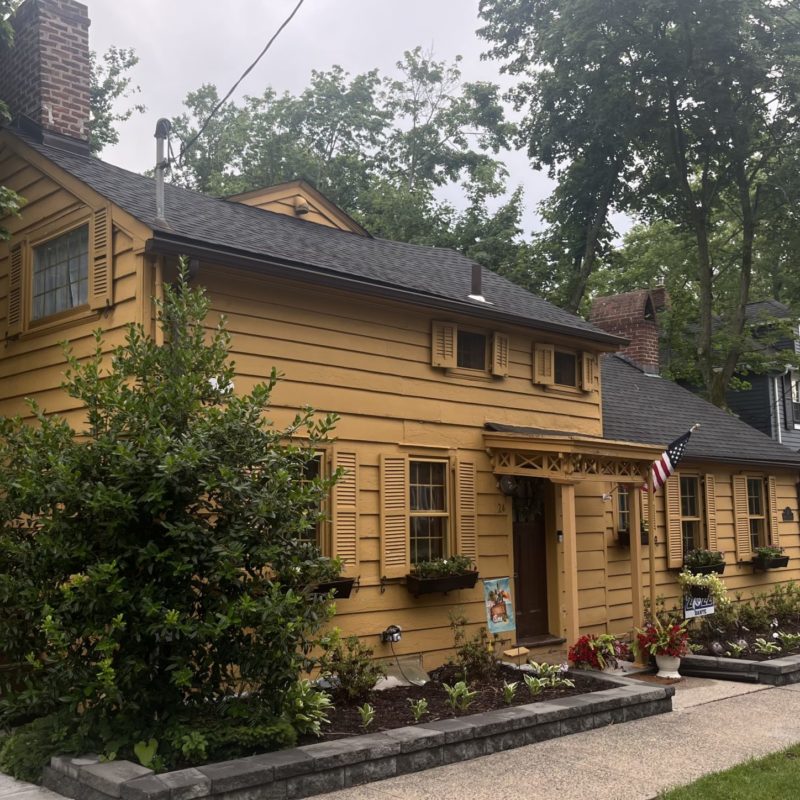
Colonial European Settlement of Essex County
In 1666, English Puritans from Connecticut settled in Newark, purchasing the land west of the Passaic River toward the foot of the First Watchung Mountain. In 1701, several Dutch settlers purchased a large portion of Horseneck Tract from the Lenni Lenape. The following year, the Newark Puritans bought the lands between the First Watchung Mountain to the western most border of the Passaic River.
Other English settlers who journeyed to Essex County made homes in Cranetown (Montclair), Watsessing (Bloomfield), Verona, the Oranges, Irvington, Maplewood, Millburn, Roseland, Livingston, and the Caldwells. The Dutch further settled in Fairfield, Cedar Grove, West Orange, Speertown (Montclair), Stone House Plains (Bloomfield), Poveshorn (Nutley), and Second River (Belleville). Alongside the English and Dutch, many French Huguenot families such as the Kierstad, Duryea, Dey, Francisco, and DeBaun settled in the Fairfield section of the Horseneck Tract. These ethnic communities remained pretty isolated until Thomas Cadmus became one of the first New Jerseyans of Dutch descent to live amongst English settlers.
Now, here’s a look into some of these important historical homes in the Essex County area.
Belleville
Rose Cottage | 221 Main Street, Belleville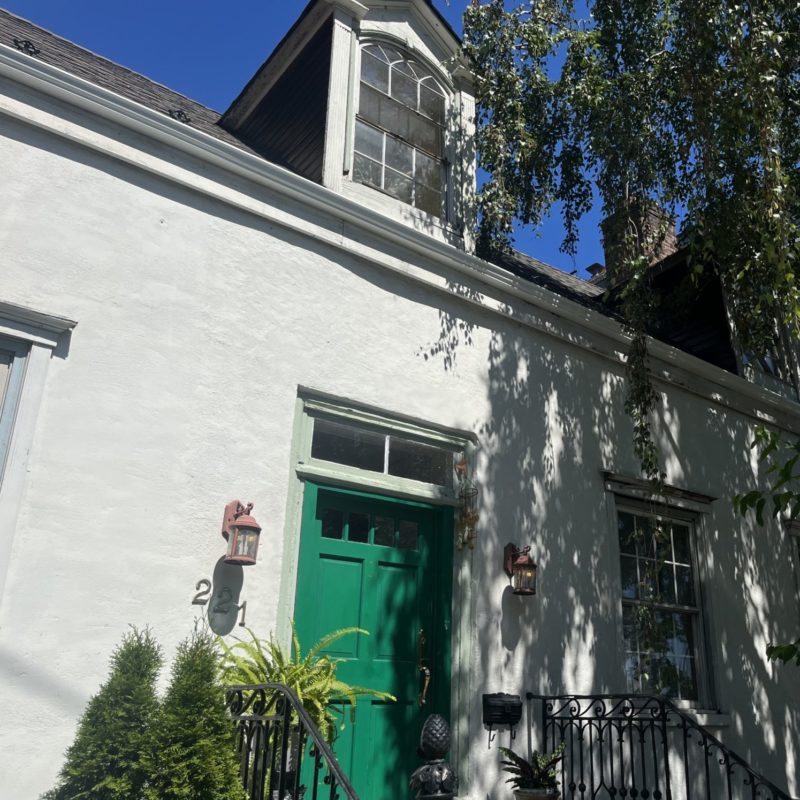
The Rose Cottage, also known as the Lloyd House, was built around 1727. For a time, it served as the parsonage for the Dutch Reformed Church of Belleville. During the American Revolution, a British soldier by the name of George W. Brown was kept prisoner in the home. For decades it stood alongside several other older Belleville homes on Main Street such as Speer House and the Samuel L. Ward House. The home now remains as Belleville’s oldest extant building.
Bloomfield
Old Joseph Davis House | 409 Franklin Street
This home was built by Thomas Davis in 1676 and remained in the family until 1903. The structure has served as a private residence, farmhouse, hospital, church, and is currently a restaurant. Both George Washington and Henry Knox visited and dined in the home on their way to Morristown. This is also the home where townsfolk met and decided to name this section of Newark“Bloomfield,” after General Joseph Bloomfield. So if you’ve ever wanted to eat where Washington ate or in a home predating American independence, the Bloomfield Steak & Seafood House is the place to go.
Thomas Cadmus House | 223 Ashland Avenue
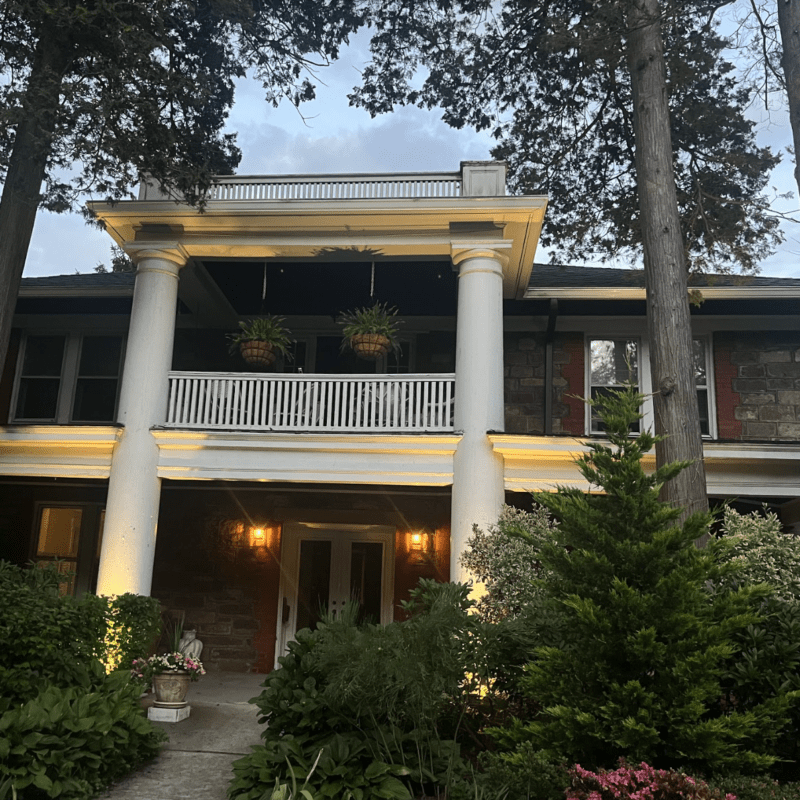
Thomas Cadmus was one of the first New Jerseyans of Dutch descent to live amongst English settlers. He served as a Lieutenant Colonel in the Essex County militia during the Revolutionary War. A plaque outside the house, which Cadmus built in 1763, states that Washington visited it on July 9th, 1778 after the Battle of Monmouth as he made his way to New York. In 1915, the original structure was demolished. The current structure was rebuilt using stones from it.
Read More: Interior Designers in Montclair + Beyond: Making Spaces into Homes
Caldwell
Hurff Young House | 24 Westville Avenue
Little is known about what appears to be Caldwell’s oldest extant dwelling other than it was built around 1774 when Westville Avenue was called Mill Street.
Cedar Grove
Jacobus House in Cedar Grove | 178 Grove Avenue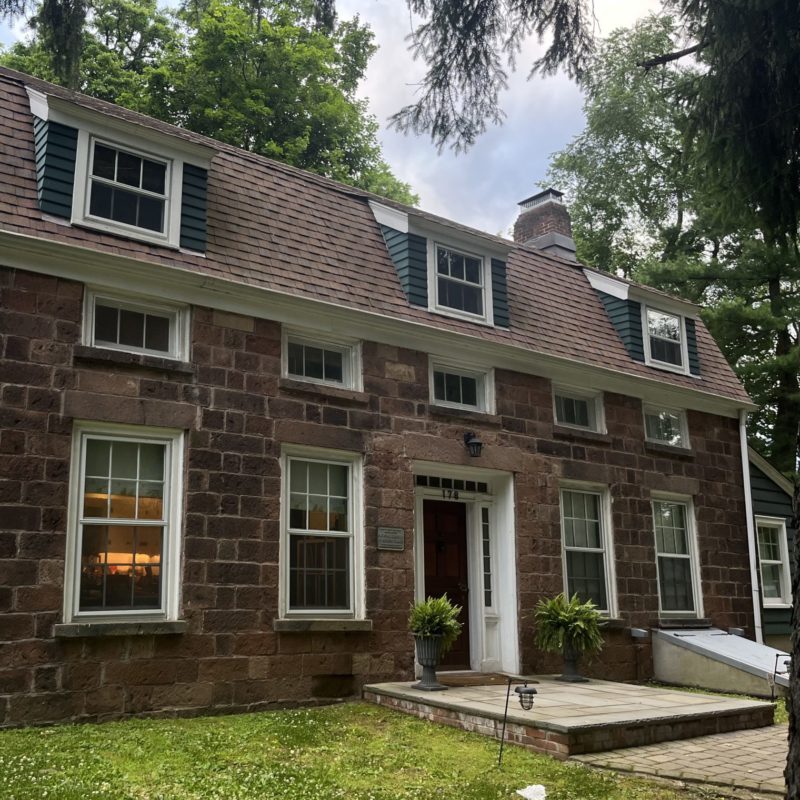
The Jacobus House in Cedar Grove was built in 1725 by Roeloff Jacobus. The home was constructed using brownstone quarried from Little Falls and is a significant marker of colonial architecture in North Jersey, especially that of the Dutch community.
Vreeland-Taylor Home | 360 Ridge Road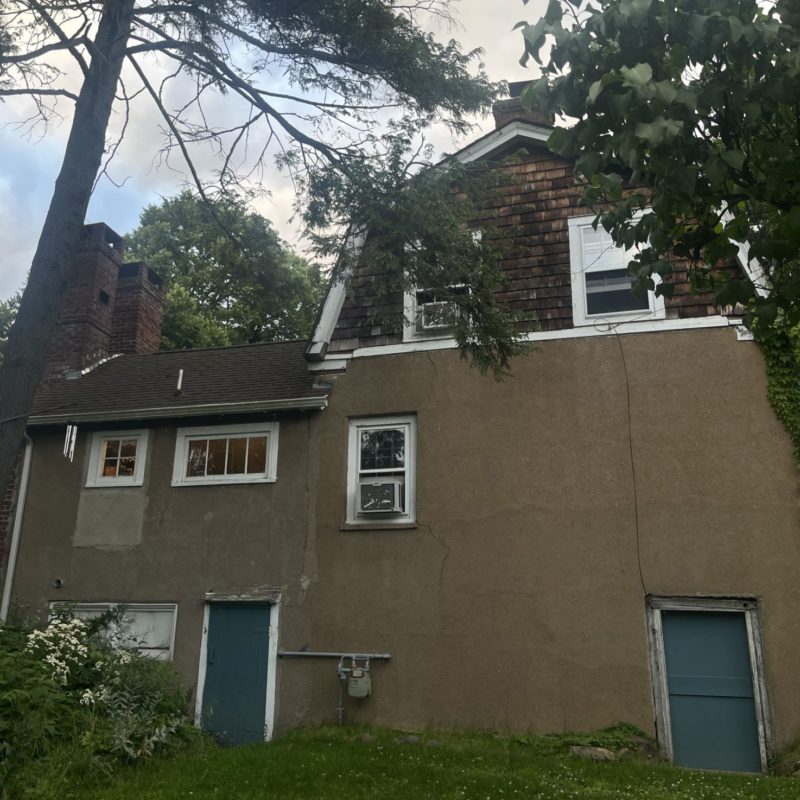
This nearly 300-year-old home was the original farmhouse for Taylor’s Dairy Farm. The property was initially purchased by the Vreeland family in the 1700s and later acquired by George and Mary Taylor. The Taylors used the land to farm, and they built a dairy bar in 1915. The land behind the current home was sold to the Cedar Grove Board of Education and, in the 1950s, the BOE built Memorial School — later Cedar Grove High School.
Fairfield
Van Ness House | 236 Little Falls Road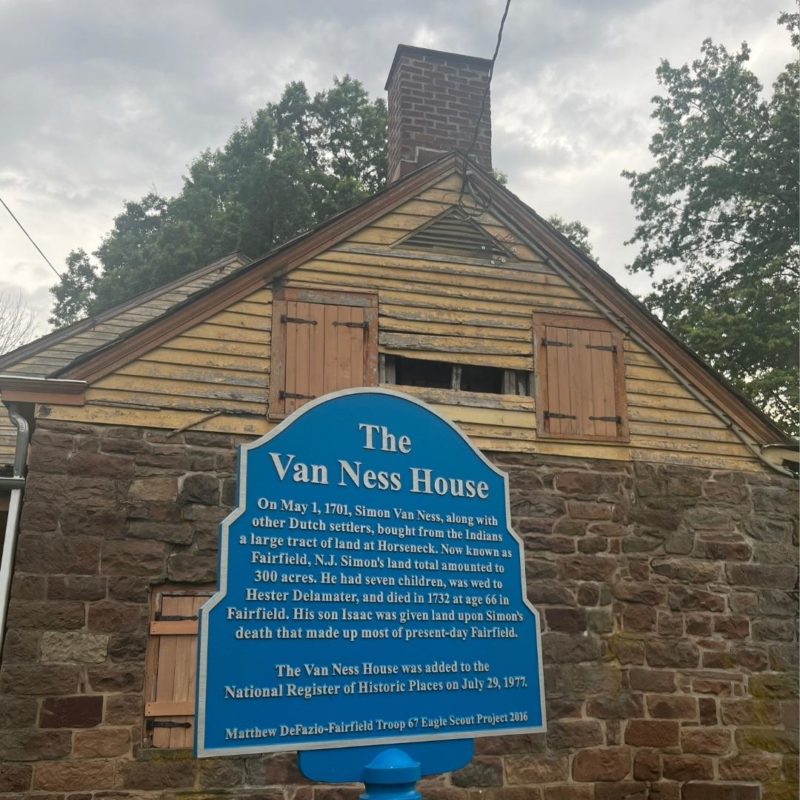
The Peter Van Ness House is a classic Dutch Colonial farmhouse built in 1740, at a time when settlers cut sandstone by hand from the banks of the Passaic River and used livestock to transport it. In the early 1700s, Dutch settlers purchased the Horsebeck Tract from Lenni Lenape and Peter became one of the original European settlers in said area. For the next 200 years, the Van Ness family inhabited the home until 1924. In the 1930s, the structure served as the Orchard Club Restaurant. In 2019, Preservation New Jersey included the Van Ness House in its list of New Jersey’s Ten Most Endangered Historic Sites. The Friends of the Peter Van Ness House was formed with the mission of repairing and preserving the house.
Livingston
Phoebe Beach House | 86 Beaufort Avenue, Livingston
The Phoebe Beach House was built in 1730 for Phoebe and her husband Aaron. When the house was built, Beaufort Avenue was called Featherbed Lane. The house remained in the Beach family until the 1920s.
Old Force Homestead | 366 South Livingston Avenue
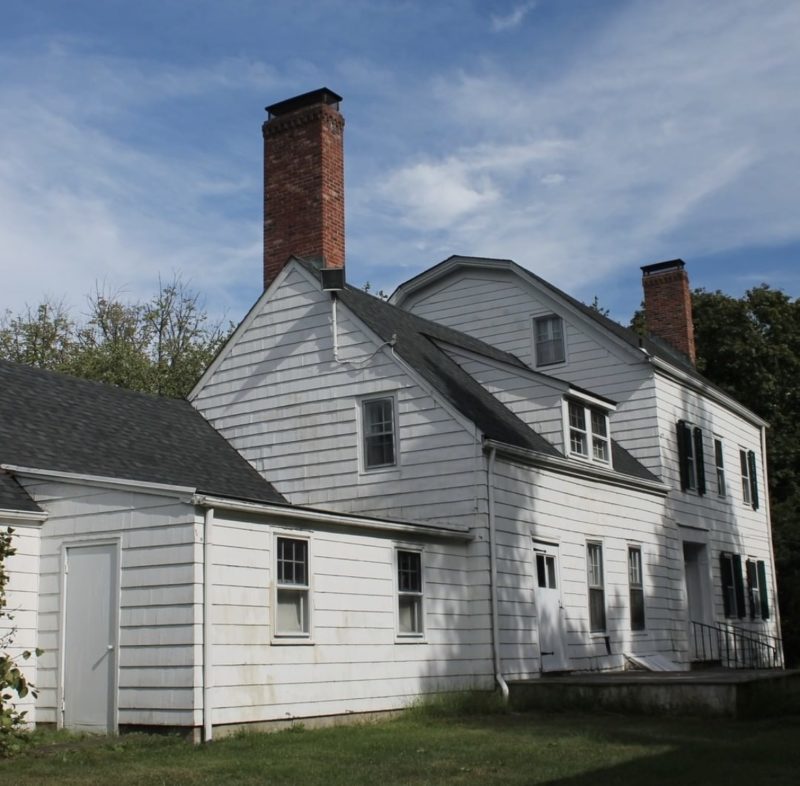
(Photo credits: @njhistorictrust)
The Old Force Homestead consists of the Theophilus Ward, the Thomas Force House, and the Condit Family Cook House. Built around 1745 and later expanded in the 19th century, the homestead is currently owned by the township as a museum and as the headquarters for the Livingston Historical Society. When the home was built, Livingston Avenue was known as Dark Lane or North Midway. The homestead is open to the public on the second Sunday of each month for free and private tours may be arranged. A 5-Year plan for repairs of the home was recently announced.
Maplewood
Ezekiel Ball House | 250-254 Elmwood Avenue
The earliest portion of the home is believed to have been constructed in 1694 for William Camp. Around 1750, Ezekial Ball added a two-story addition to the house. During the Revolution, the home was used as a hospital for wounded soldiers.
Montgomery Ogden House | 22 Jefferson Avenue
The Montgomery Ogden House, also known as the Old Stone House, was most likely built before 1759 and first owned by Joseph Pierson. In 1837, Daniel and Elizabeth Beach purchased the home. From 1838 until 1859, the home was used as a flag stop for train passengers and its old kitchen was used as a waiting room.
Spring House | 88 Tuscan Road
In 1750 Jonas Ball built a home at 88 Tuscan Road. In 1842, William Courter purchased the property and used the home as a milk shed for his farm. In 1870, the building was converted into a residence with the addition of a second floor, kitchen, and dining room.
Timothy Ball Home | 425 Ridgewood Avenue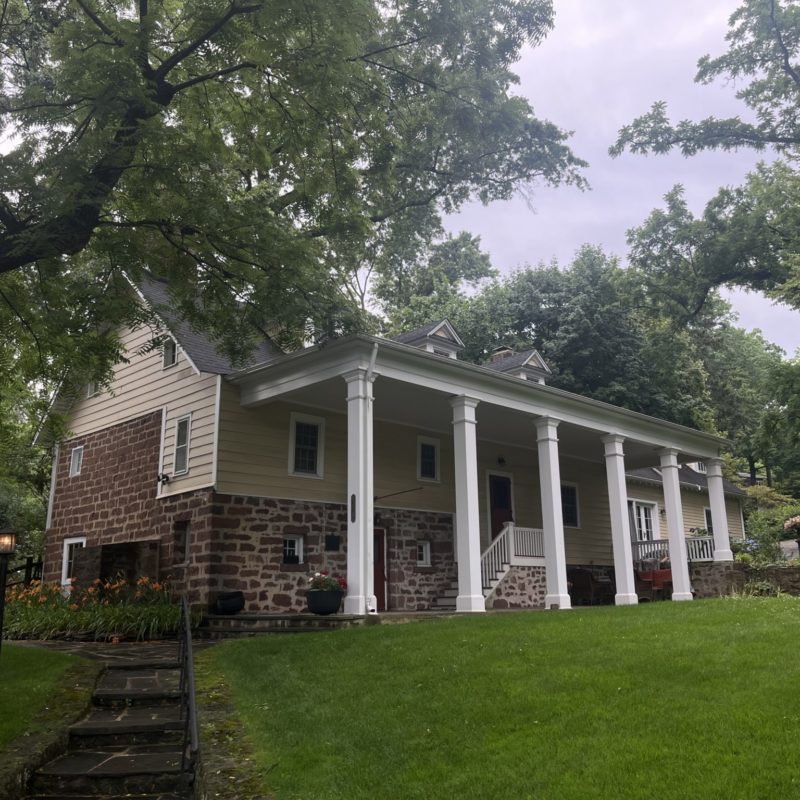
Timothy Ball was the grandson of Edward Ball, one of the early European settlers of Newark. In the front chimney, just above the peak of the roof, is a stone inscribed “T. & E.B. 1743,” denoting that Timothy and his wife Esther built their home in 1743. It is thought that George Washington stayed at this residence in June 1780.
See More: What to Do if Your Home Floods in Hoboken (or Anywhere)
Millburn
Hessian House | 155 Millburn Avenue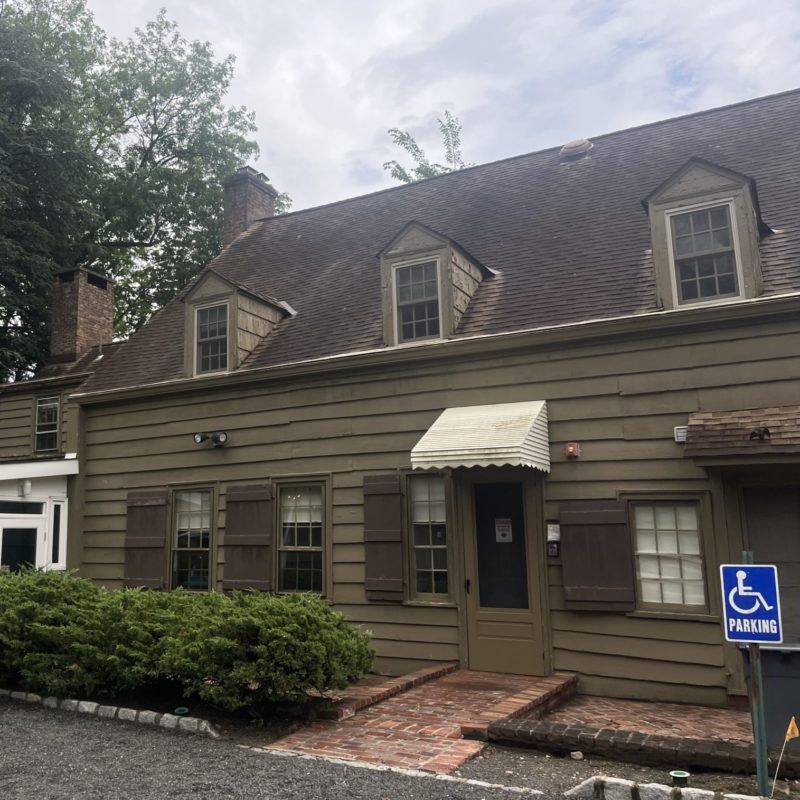
This house, built in 1730 by the Smith Family, is nicknamed the Hessian House because it is believed that two Hessian soldiers that deserted during the Battle of Springfield hid here in June 1780.
Montclair
Azariah Crane House | 140-142 Union Street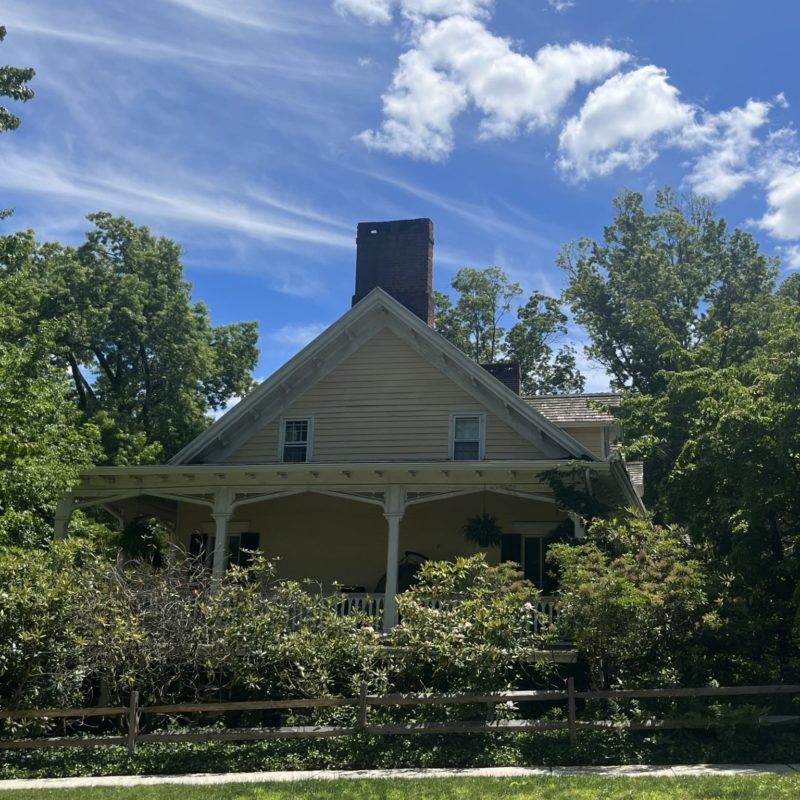
The homestead was built in 1740 by Azariah Crane, one of the first English settlers of the area. Amongst his descendants include notable merchant Israel Crane.
Old Stagecoach House | 764 Bloomfield Avenue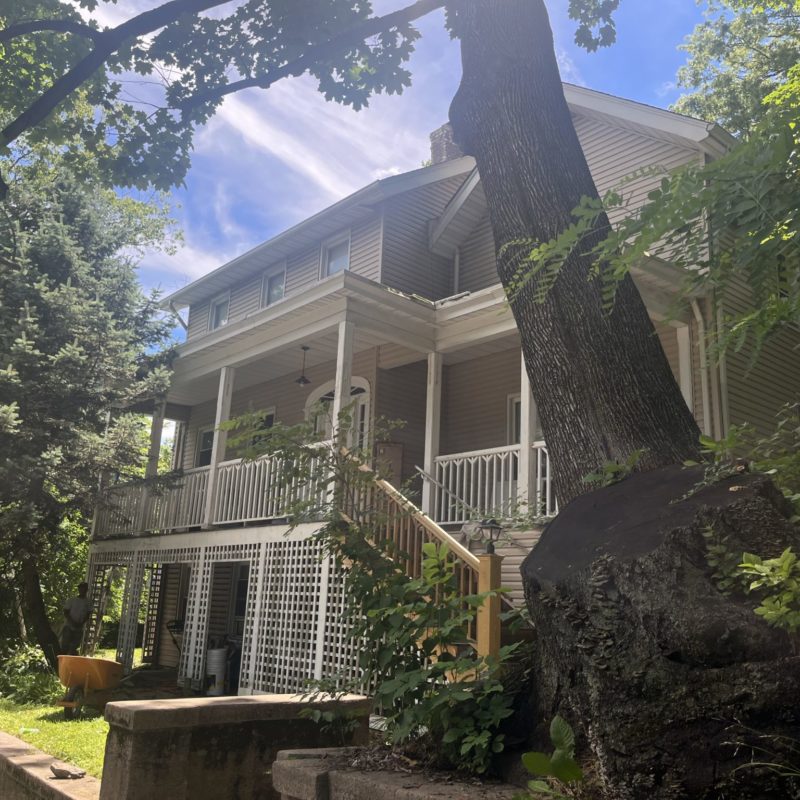
Built in 1767, this home is rumored to have been a place for travelers to rest as they traveled on the “Old Turnpike” or “Big Road,” which is now Bloomfield Avenue.
Newark
Plume House | 407 Broad Street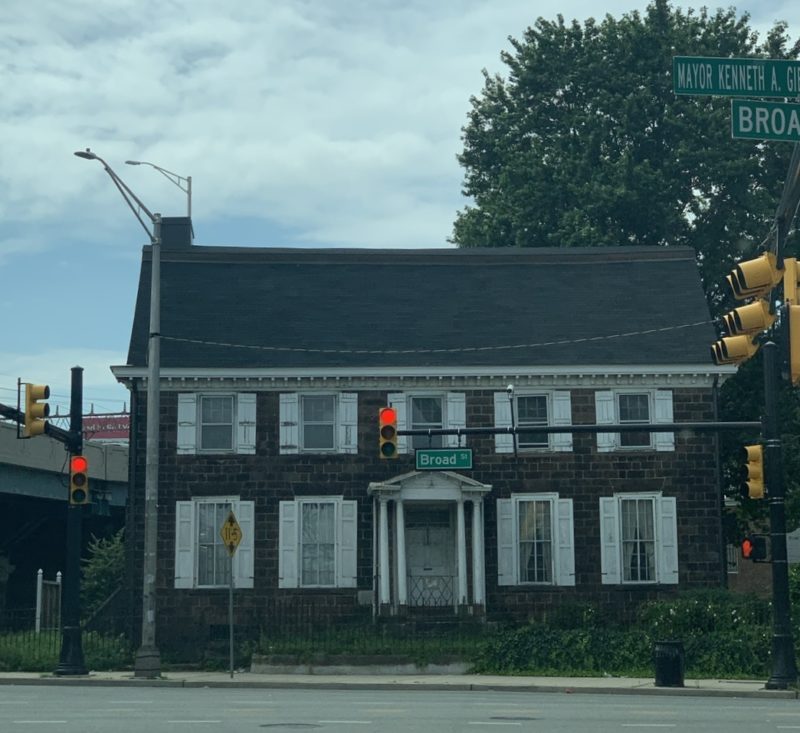
Newark’s second oldest extant building, the Plume House, was built prior to 1725. During the American Revolution, George Washington and his troops passed the home as they retreated toward Pennsylvania. It served as a private residence until 1849 when it became a church rectory. In 1887, Reverend Hannibal Goodwin invented celluloid photographic film here. The home has survived the urbanization of Newark, but is continuously threatened by I-280 which has led to cracked walls and plaster damage. In 2010, Preservation New Jersey included the Plume House in its list of New Jersey’s Ten Most Endangered Historic Sites.
Sydenham House | 29 Old Road to Bloomfield
Built in 1711 for John and Susannah Sydenham, the Sydenham House is the oldest extant structure in Newark. It remained in the family until 1954 when Dorland and Elizabeth Henderson purchased and restored it. The Hendersons gifted the home to the Newark Museum in the late 1990s, but the museum declined to pay the cost of upkeep. The home is located in the city’s Forest Hills section and remains as a private residence.
North Caldwell
Bach Family Home | 498 Mountain Avenue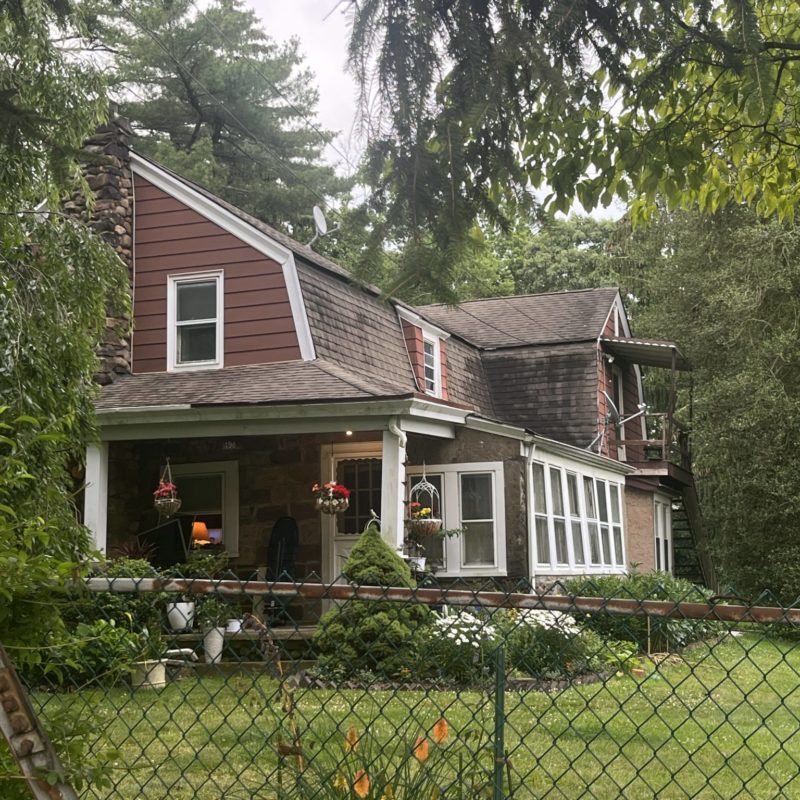
In 1774, the home was built and, a century later, purchased by Charles Bach. The home remained in the Bach family for the next century. Ralph Bach was one of the founders of North Caldwell in 1898.
Stanford-Stager House | 9 East Greenbrook Road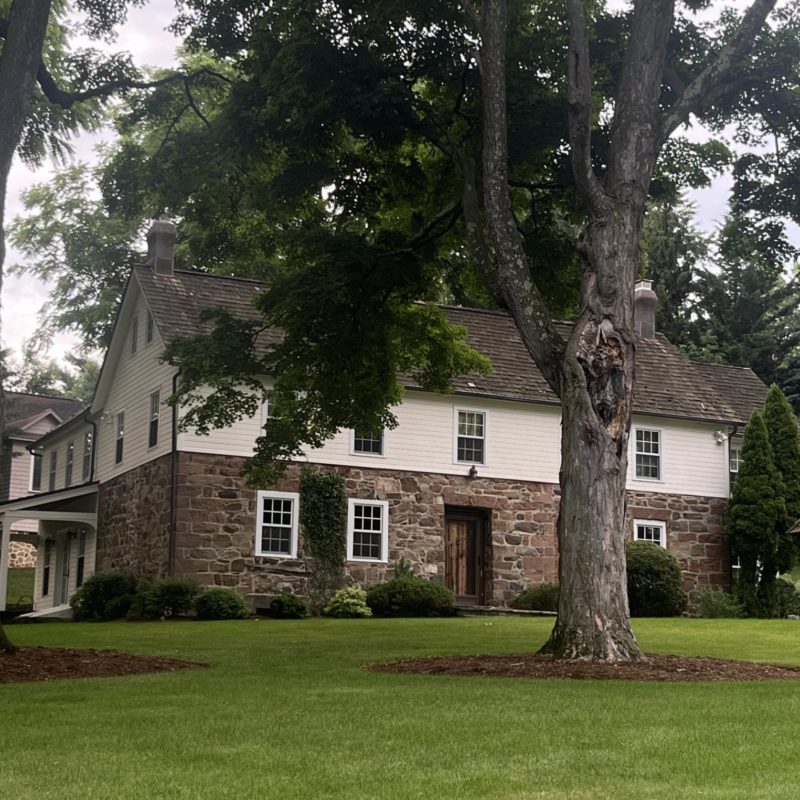
The home was first built in 1775 and inhabited by Thomas Stanford. In 1806, he sold it to John Stager and it remained in the Stager family until 1906, when new owner and artist Ernest Lawson moved in. He produced an oil painting of the house. which is on display as part of the Permanent Collection of The Montclair Art Museum. In 1998, the home was threatened with demolition and subsequently purchased by the town in an effort to preserve the history of the area.
Nutley
Kingsland Manor | 3 Kingsland Street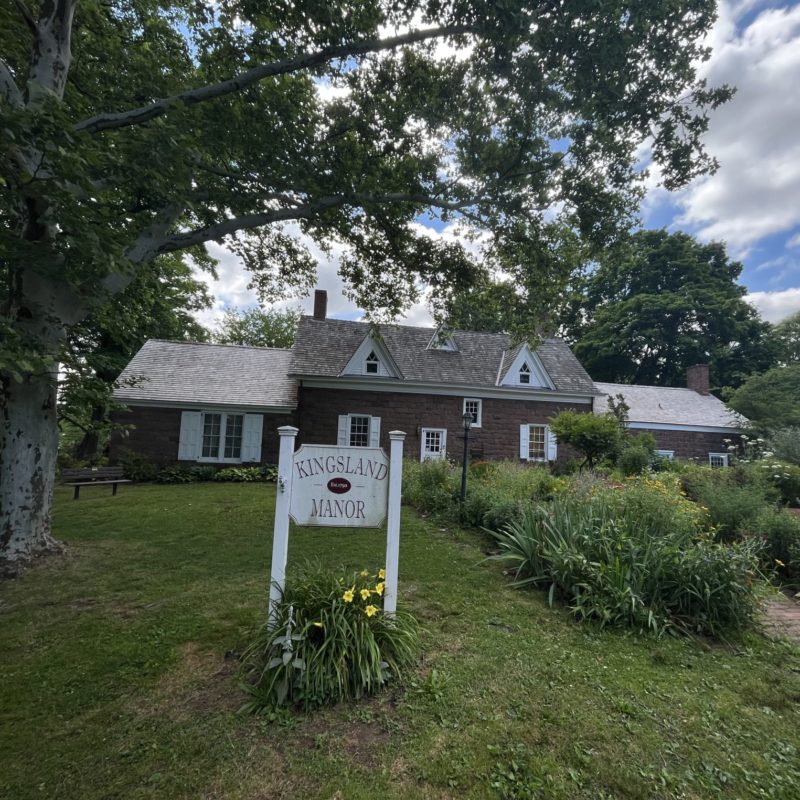
The Kingsland Manor was built in 1767 for John Walls and his wife, Mary. Throughout its 350 years, the home has served as a speakeasy, private club, and hospital. The home is open to the public for guided tours on the third Sunday of each month (except in August) from 1PM to 4PM. Private tours may also be reserved.
Van Riper House | 491 River Road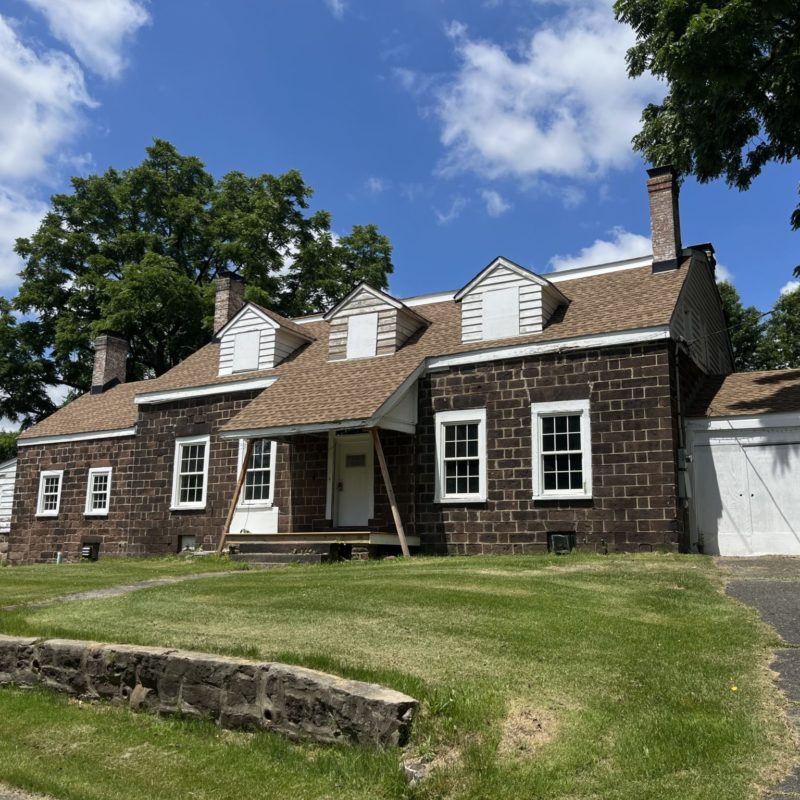
Nutley’s oldest extant home, The Van Riper House, was built in 1709 by English settler John Bradbury and is an early example of New Jersey’s Dutch stone houses. When John died, his wife, Elizabeth, inherited the home. She later married Abraham Van Riper for whom the homestead is named. In 1996, Van Riper House, Inc. was incorporated in order to save the historic house from demolition.
Vreeland Homestead | 226 Chestnut Street
In around 1751, Hendrick van Giesen built this homestead. In 1783, just after the American Revolution ended, he sold the home to Abraham Speer who would later sell it to his brother-in-law, John M. Vreeland. The home remained in the Vreeland family until the 1900s, and from 1912 until 2012, it was used by the Women’s Club of Nutley. The homestead is currently in the possession of the Nutley Historical Society.
Roseland
Steele-Condit House | 111 Eagle Rock Avenue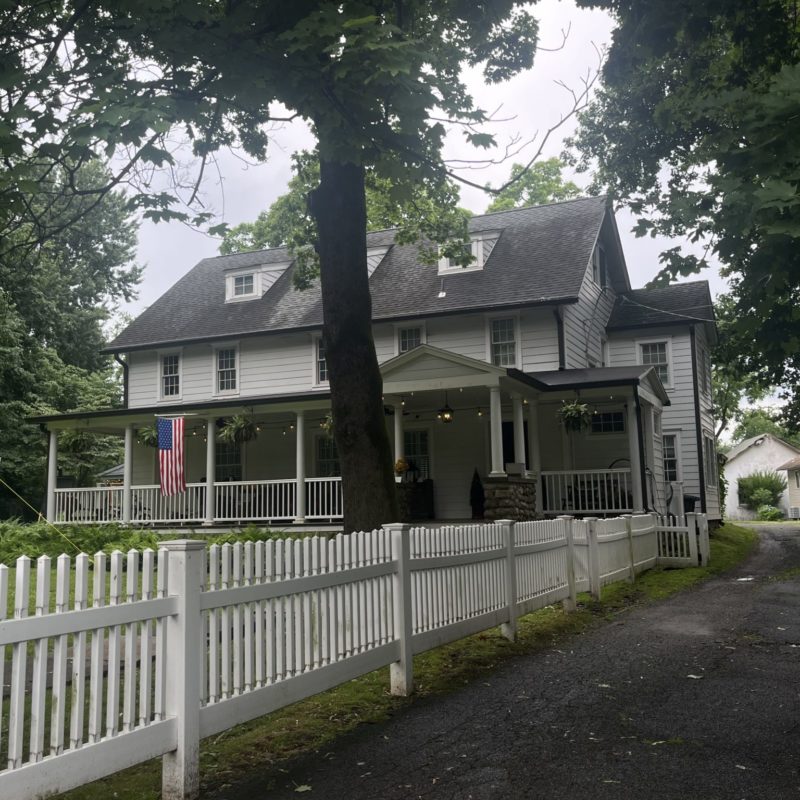
Built during the mid-18th century, the Steele-Condit house is the oldest home in Roseland. When the home was built, Eagle Rock Avenue was known as Swinefield Road. The building served as the community’s first school where Josiah Steele, a cousin of Noah Webster (the famed lexicographer and dictionary writer), taught pupils.
South Orange
Old Stone House | 219 W South Orange Avenue
The Old Stone House is the oldest home in Essex County and one of the oldest remaining extant structures in the entire state. This home was built somewhere between 1660 and 1680 and was first owned by Nathaniel Wheeler. In 2020, Preservation New Jersey included the Old Stone House in its list of New Jersey’s Ten Most Endangered Historic Sites.
Squire Farm | 167 North Ridgewood Road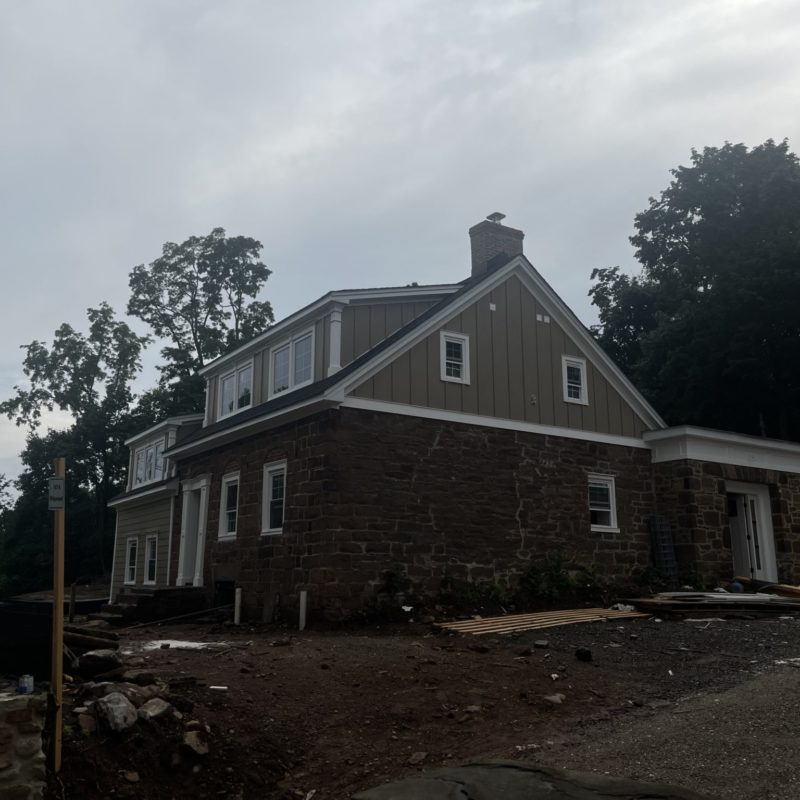
In 1774, Henry Squire built this historic farmhouse. His son is credited with the naming of South Orange. In 1850, William Redmond ,who is said to have introduced Jersey cows to the area, purchased the Squire farm. The home remained in the Redmond family until 1988.
Verona
Corby Farm House | 77-79 Sunset Avenue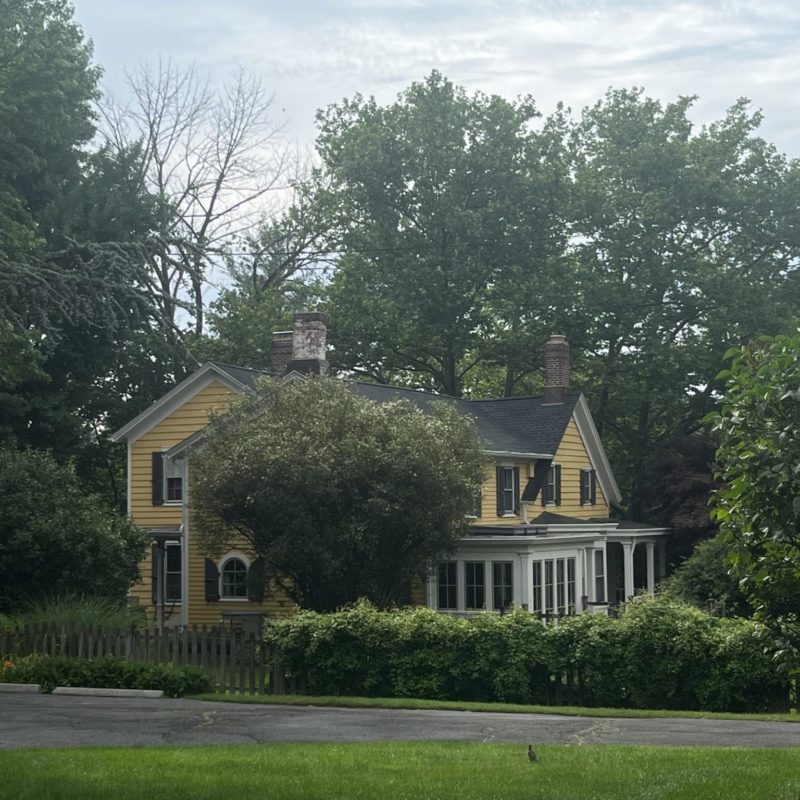
The Corby Farm House is a two-story home first owned by the prominent Baldwin family. Most likely constructed in 1771, Verona’s oldest extant home has been passed through by many owners.
Priest Farm House | 110 Claremont Avenue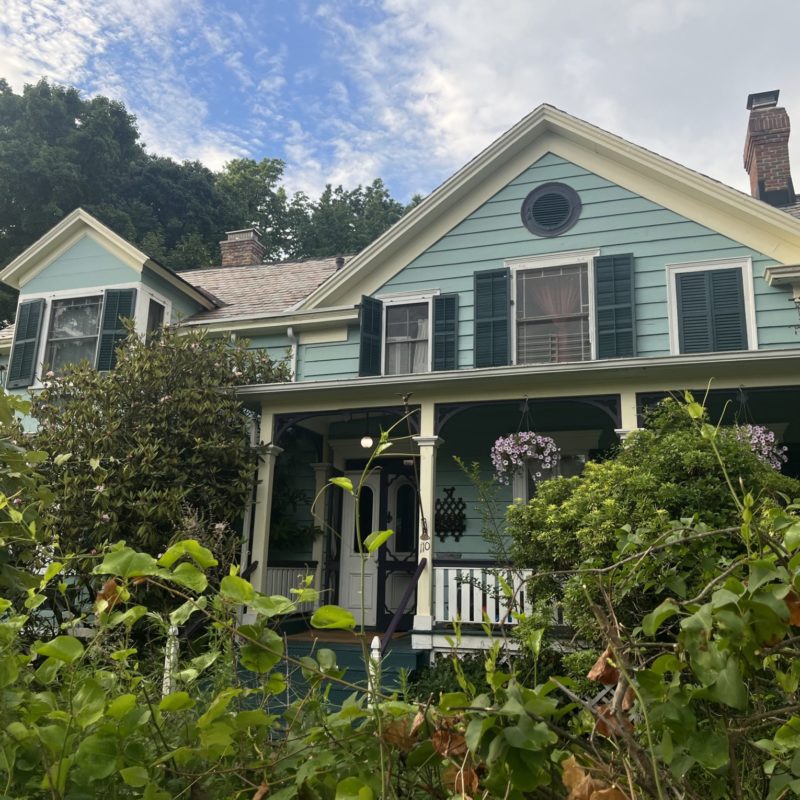
Located in the proposed Claremont Avenue Residential Historic District, the Priest Farm House is one of Verona’s few remaining homes predating the 19th century. Most likely constructed around 1750, this home has been skillfully preserved. Many believe that George Washington and Marquis de Lafayette passed by the home on their way from Cranetown (present day Montclair) to Morristown during the Revolution.
West Caldwell
Joseph Cory House | 2 Springdale Road
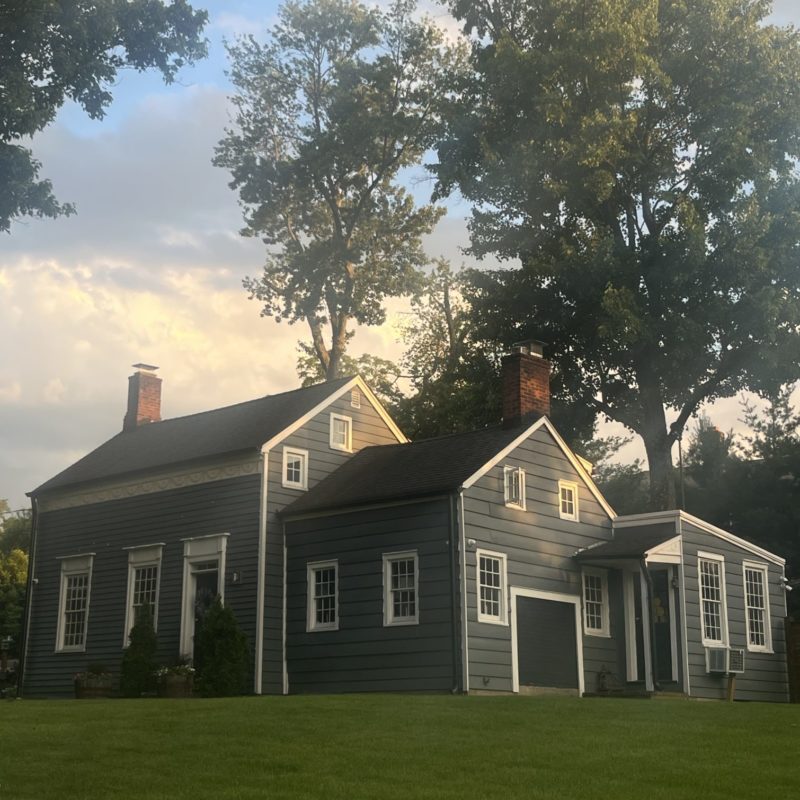
In 1760, this structure was built by Joseph Cory and initially used as a school. When the home was first built, it stood on Bloomfield Avenue opposite Lane Avenue. It has since been relocated to its current resting place on Springdale Road.
Bonus House
Reynier Speer House | 612 Upper Mountain Avenue, Little Falls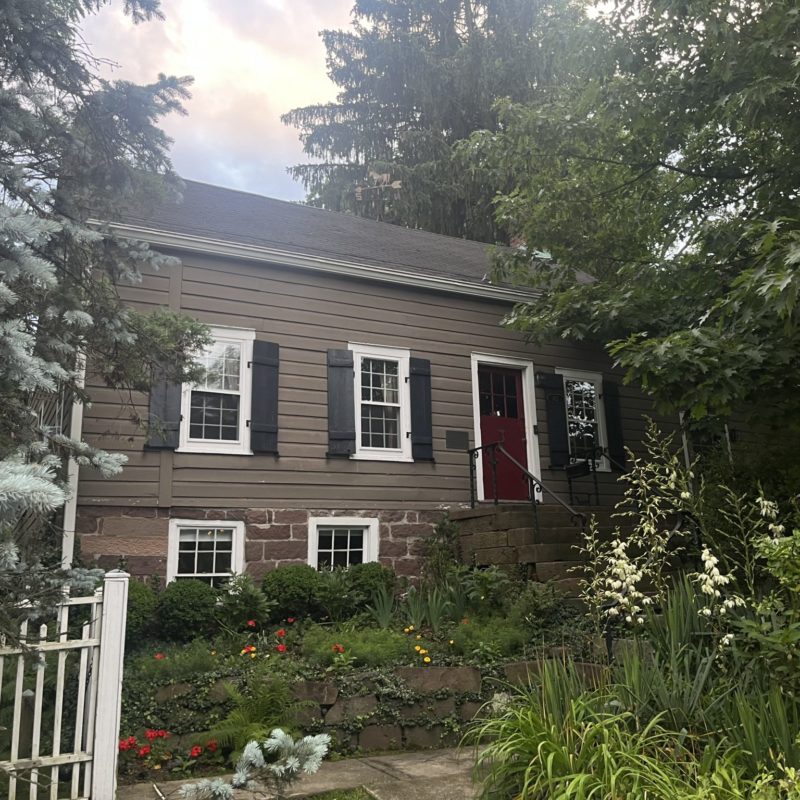
With the help of some friends, John Speer constructed this home in 1680. In around 1780, an addition was done to the house which would remain in the Speer family until 1932. The home had once been part of Speertown — and when the town lines were drawn for Montclair and Little Falls, this house as well as others on the block were given the option of keeping their Montclair address or changing it to a Little Falls address. The Reynier Speer House is legally in Little Falls, but the residents receive their mail through the Upper Montclair post office.


